Environment and Agriculture
Synopsis
The earth's natural ecosystem supported only about 4 million people before the dawn of agriculture according to Cohen, 1995. During 2005 the world population stood at 6.44 billion and by 2050 it is expected to be 10 billion. As a consequence, the global food grain demand is also expected to double during this period, making food security an important global issue. Most of this increase will occur in Africa sub Saharan regions and Asia. Agriculture is thus an important advocation in the world for supporting future population increase. Agriculture plays a significant role in the Indian economy. More than 70% of our population is directly dependent on it and 30% of country's GDP stems from agriculture. Food production in India has increased from 51 MT in 1950-51 to 204.6 MT in 2004-05 (Economic Survey, 2005-06). Productivity has also increased during this period from 542 kg/ha to 1739 kg/ha and cereal productivity from less than 1 tonne to 3 tonnes per hectare. These achievements are exemplary and were largely the result of area expansion, cultivation of high yielding, semi-dwarf varieties responsive to increased application of water, fertilizers and biocides. While Green Revolution has been one of the greatest success stories of India with its dramatic impact on food security, environmental concerns have been growing rapidly all over the world. Efforts are now on to fight environmental threats which adversely affect food security. The Indian population is expected to increase from 1.08 billion in 2005 to 1.6 billion by 2050 making India the most populous country in the world. To meet its requirements, increasing food production will require modern intensive agriculture with all its components. Inspite of several dimensions of the problem, no attempt so far seems to have been made to analyze all these aspects of agriculture in relation to environment. A wealth of information is now available on each of the different components causing environmental degradation and several strategies to minimize or manage have also been suggested. The authors, therefore, conceived this publication in which all related issues have been discussed in 5 different sections.
Read more
72.00
64.8
$
80.00 $
Free delivery Wolrdwidе in 10-18 days
Ships in 1-2 days from New Delhi
Membership for 1 Year $35.00
Get it now and save 10%
Get it now and save 10%
BECOME A MEMBER
Books by the same authors
-
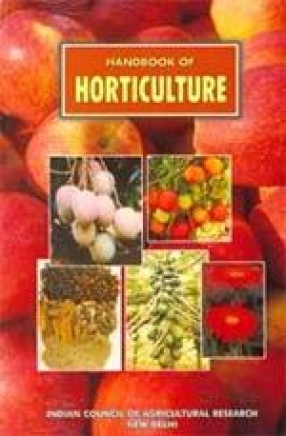
Handbook of Horticulture
-

Biotechnology in Horticultural and Plantation Crops
-

50 Years of Crop Science Research in India
-

The Grape: Improvement, Production and Post-Harvest Management
-

Agrobiodiversity and Farmers' Rights
-

Gender Dimensions in Biodiversity Management
-
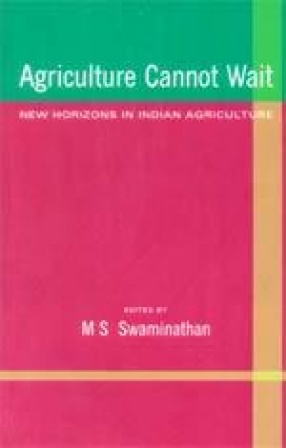
Agriculture Cannot Wait: New Horizons in Indian Agriculture
-
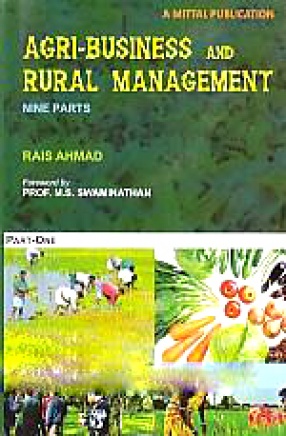
Agri-Business and Rural Management (In 9 Volumes)


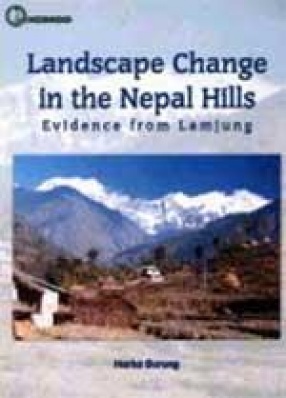

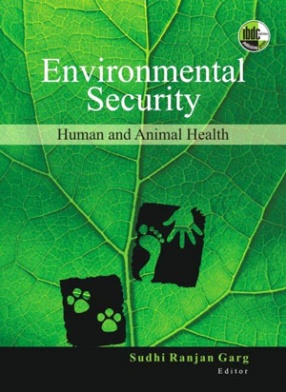

Bibliographic information
M.S. Swaminathan